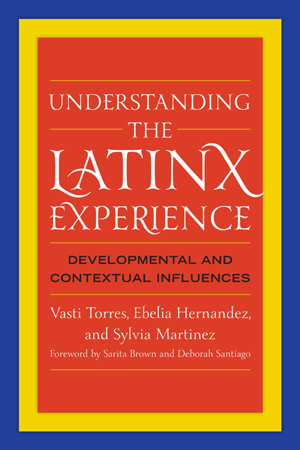The Latino presence continues to grow in traditional population enclaves and has tripled in areas that are not traditionally associated with this pan-ethnic group.
The dramatic growth of this population in the U.S. requires a considerably deeper understanding of individuals that share this multifaceted identity. This timely book synthesizes new research and its implications for practice that is critical for professionals working with Latinos in educational and counseling contexts.
The authors provide insight into identity development, environmental influences, and how these factors influence persistence in higher education. By using a synthesis approach to organize multiple studies around how being Latinx influences the experiences of students in college and beyond, the authors offer a holistic view of the Latino population.
Each chapter uses mixed method data points to highlight the experiences of this growing population and provide helpful insights for those who work with Latinx individuals within higher education and community settings. The new Lifespan Model of Latinx Ethnic Identity Development constitutes a framework to consider the development and tensions experienced by Latinos as they engage with the various cultures represented within U.S. society. The studies presented in this book provide an evidence-based understanding how environmental differences may produce differing levels of development for college students and how change in environments produce reflective refinement of adult Latinx identity.
Practitioners will learn about practices that help Latinx college students. Faculty and researchers will gain new understandings of the Latinx experience, and discover a starting point for further reflection and investigation.

 The College of Arts
The College of Arts